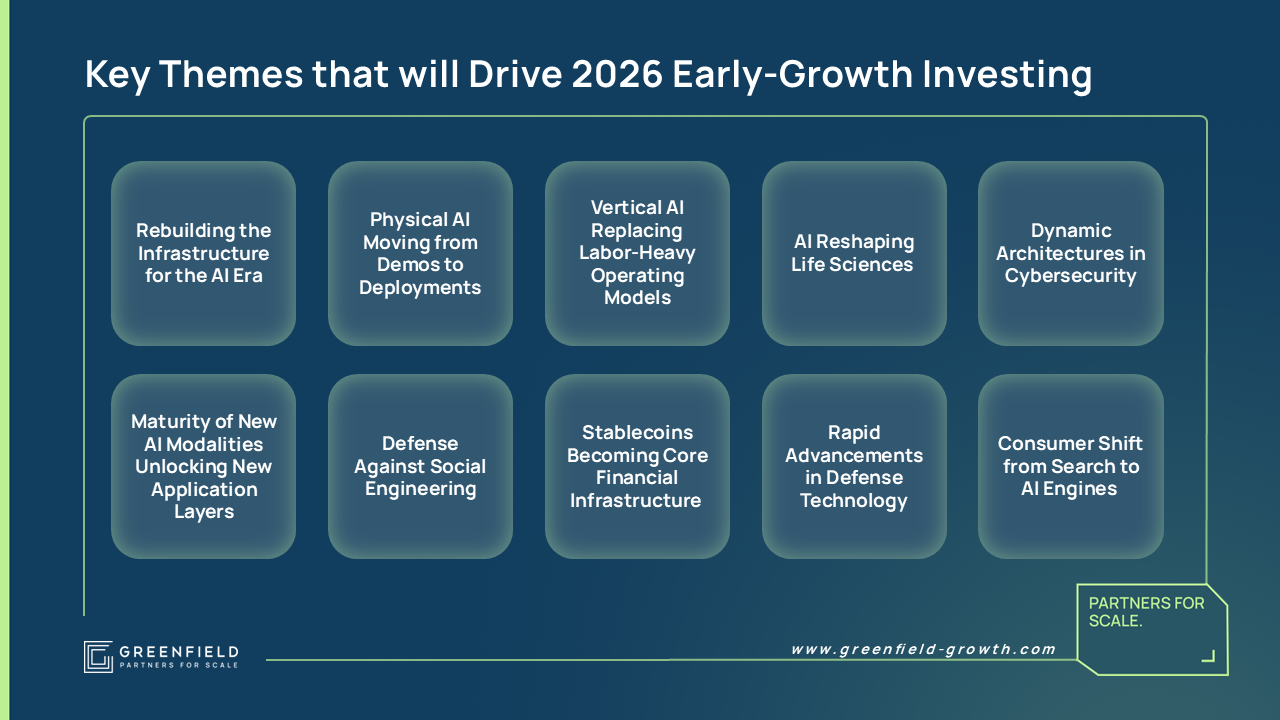The Future of AI Pricing: Adapting to Value, Usage, and Market Needs
AI-native businesses need to move beyond traditional subscription models toward more flexible pricing strategies that align with customer value, including outcome-based, usage-based, and hybrid approaches. Ultimately, pricing should be a collaborative conversation based on demonstrated value rather than a rigid contract.
Read Article
















.png)






.avif)




.jpg)
.png)



.png)








.avif)











